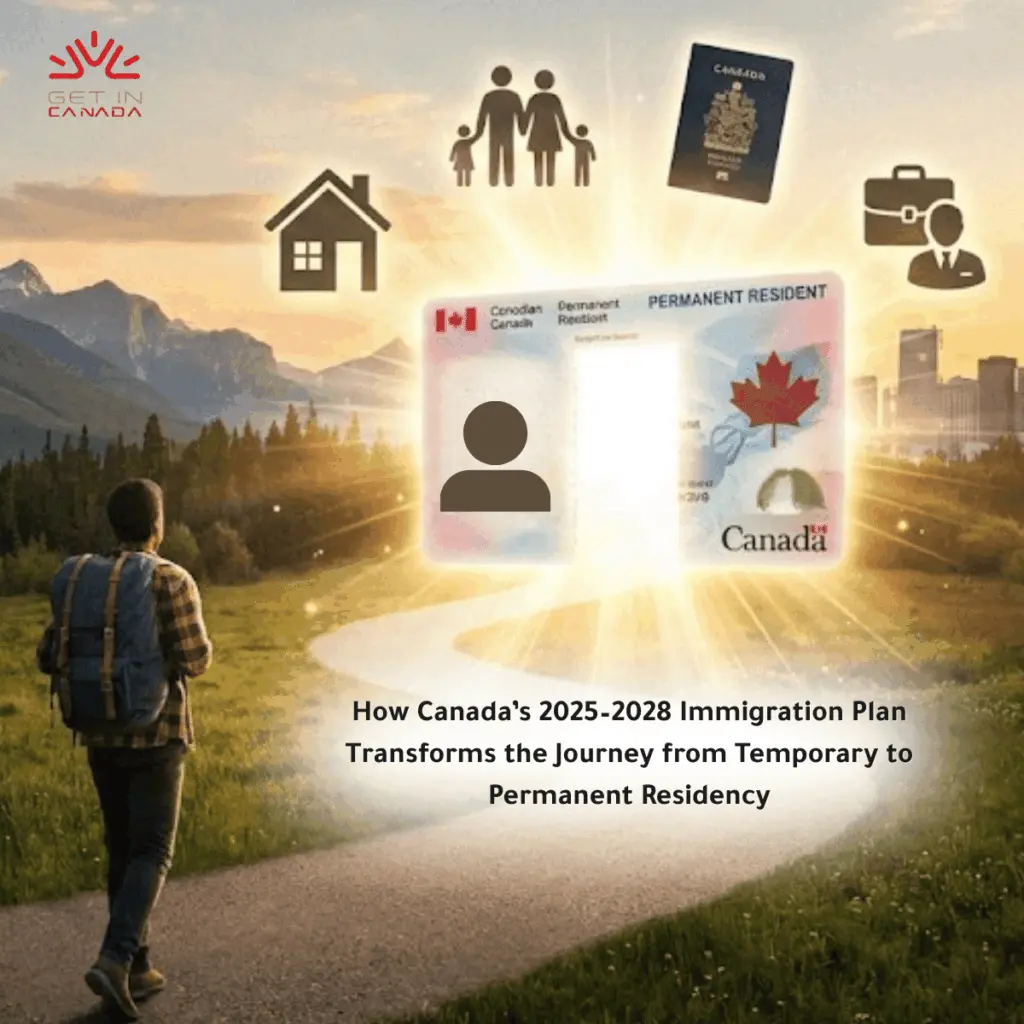Canada has introduced 3 new LMIA rules on September 26
As of September 26, new changes are to affect the LMIA under the Temporary Foreign Worker program, which is Canada’s primary skilled worker program. Some of these changes were announced on August 26, 2024, and some came into force on September 26. This is because the government’s policy aims at providing more Canadian workers with jobs and substantially decreasing the number of foreign workers that can be hired once the unemployment rate of a given city is 6% or lower.

New rules for the Temporary Foreign Worker (TFW) program now in place
As of September 26, the following changes have been made to the TFW Program:
1. High unemployment areas that have no more LMIAs
In those regions where unemployment is 6% or more, the government will stop approving Labour Market Impact Assessments (LMIAs) for low-wage jobs.
Exceptions: Important industries like farming, food and fish processing, construction, and healthcare can still apply.
2. 10% Limit on hiring foreign workers
Employers can now hire only 10% of their staff through the TFW Program, instead of the previous 20%.
Exceptions: for growth sectors such as agriculture, food processing, construction, and health, the 10 percent limit will not be applicable.
3. Shorter Work Period
Some temporary foreign workers hired for low-wage jobs are only allowed to stay for one year instead of the previous two years of stay permitted under the TFW Program.
Find out if you are eligible to get in Canada →
Past efforts to fight LMIA fraud in the TFW program
On August 6, 2024, the Canadian government implemented several strict rules to prevent misuse and fraud in the Temporary Foreign Worker (TFW) Program. These changes are to ensure that as a program intended to fill real job shortages when there are no qualified Canadian workers available, the program is used as intended.
Key changes introduced on August 6, 2024
- Stricter Rules for Employers
Rules are being created too to make sure employers meet the qualification criteria. Penalties for failing to use the program the right way will be serious—fines and even the ban from using the TFW Program—for employers who misuse it.
- Stricten Low-wage workers 20% limit is enforced
However, the government is strictly applying the rule that only 20% of an employer’s workforce can be low-wage foreign workers. The idea is to reduce the reliance on foreign labour and to encourage employers to hire Canadian workers instead.
- More Inspections and Monitoring
More monitoring and inspections will take place in the industries and areas that are considered high-risk of program misuse. The point of this step was to discourage employers from avoiding hiring Canadian workers.
- The Possibility of an Increase in LMIA Fees
The government is considering raising the fees it charges for processing Labour Market Impact Assessments (LMIAs) to better cover those costs and to discourage false or unnecessary applications. Doing this would reduce the attractiveness to employers of submitting multiple or non-serious applications.
Monitoring and Future Changes
The Canadian government will closely watch these new changes and will make more updates if needed.
In the next 60 days, a detailed review of the TFW program will be done. This review might lead to more changes in the high wage stream, special rules for certain industries, and updates to how current LMIA applications are processed.
Unemployment and Program Misuse
All of these changes are part of a larger initiative to revamp the Temporary Foreign Worker Program as Canada’s labour market evolves. The validity of Labour Market Impact Assessments (LMIAs) has been reduced from 18 months to 6 months. The cap on Temporary Foreign Workers has also been reduced from 30% to 20%.
It has equally led to an increase in unemployment to 6.6% in August 2024; the Canadian government has responded by seeking ways to enhance support for Canadian employees. As part of this effort, they have made two important changes:
- Another change that has affected the program is shortening the validity of the Labour Market Impact Assessments to 6 months from 18 months it used to be.
- Temporary foreign workers: Whereas employers used to be allowed to hire up to 30% of their workforce through temporary foreign workers, they can only hire 20%.
These changes are meant to generate employment opportunities domestically at a time that is quite sensitive.
Promoting proper use of the TFW program
The new LMIA rules make evident that Canada is responding to the protection of Canadian jobs and making sure that the TFW program functions in the best way possible. As the economy evolves, this creates room for more updates to the system to ensure everyone has an equal fate in the job market. These changes are now in place, showing the government’s focus on supporting Canadian workers and making sure the TFW Program meets the country’s changing needs.
Beginning September 26, 2024, Canada has put into practice three new LMIA changes to enhance the TFW Program and Canadian jobs. Some of these changes include ceasing LMIAs in regions with high rates of unemployment, reducing the cap for the employment of foreigners, and reducing the duration of periods in which low wages can be paid. These steps are to counteract increasing unemployment and to ensure that the program is efficient but serves Canadian employees first.











